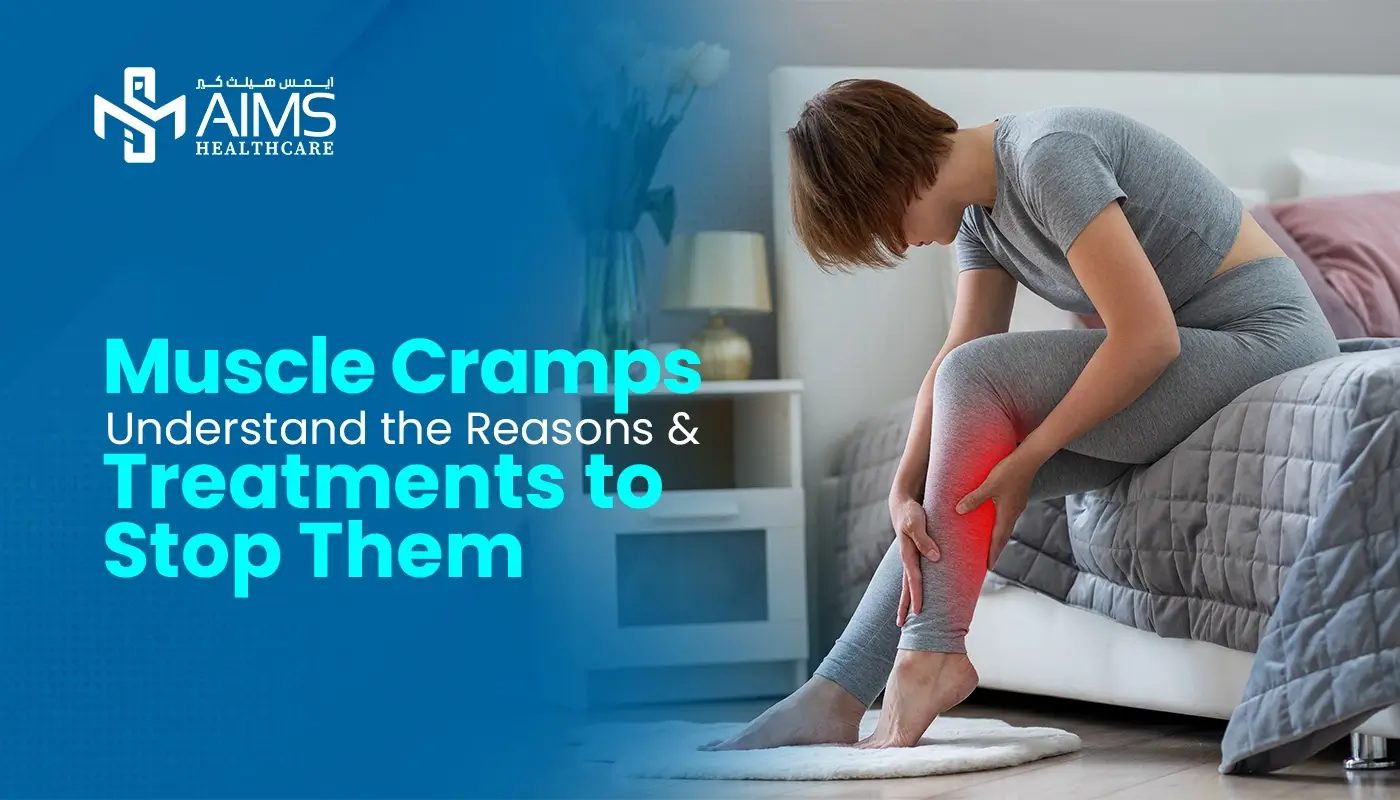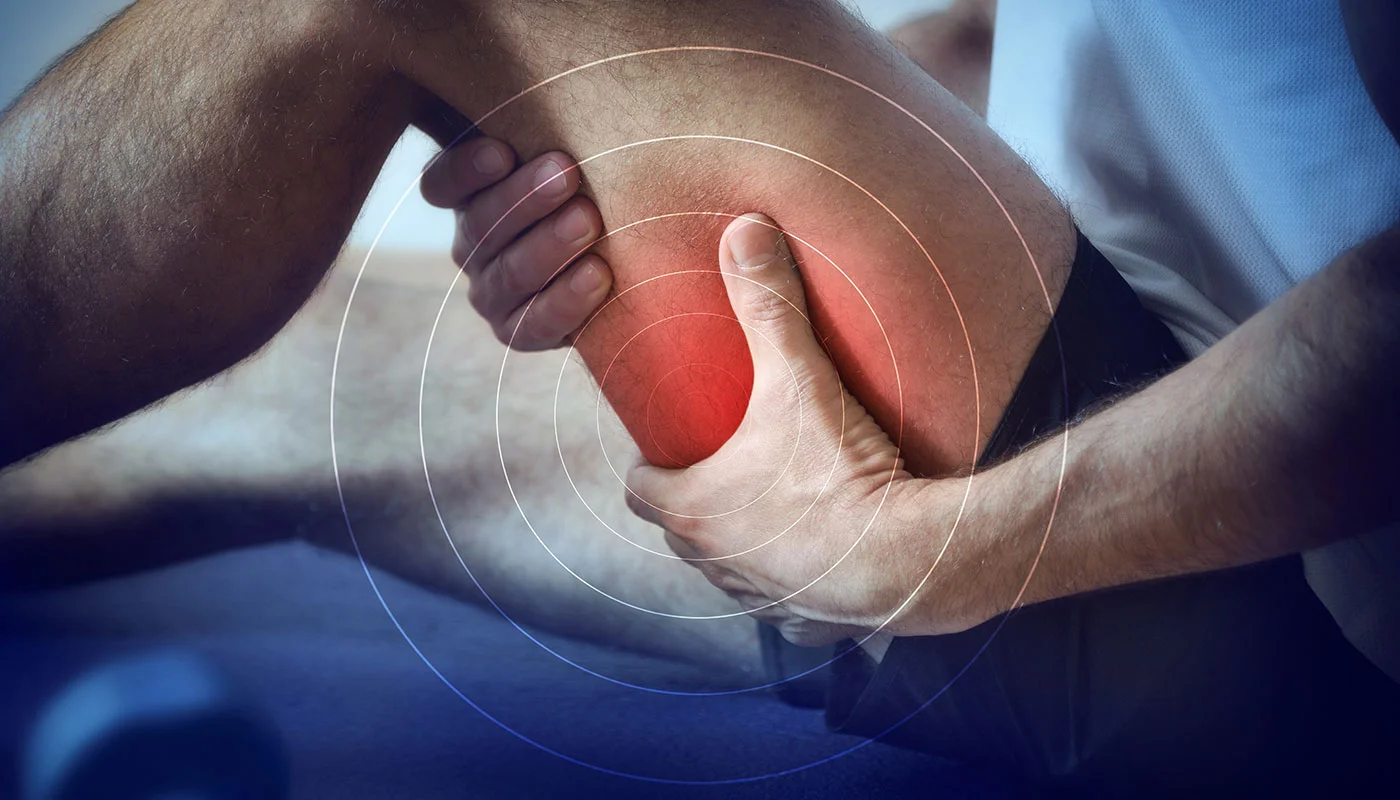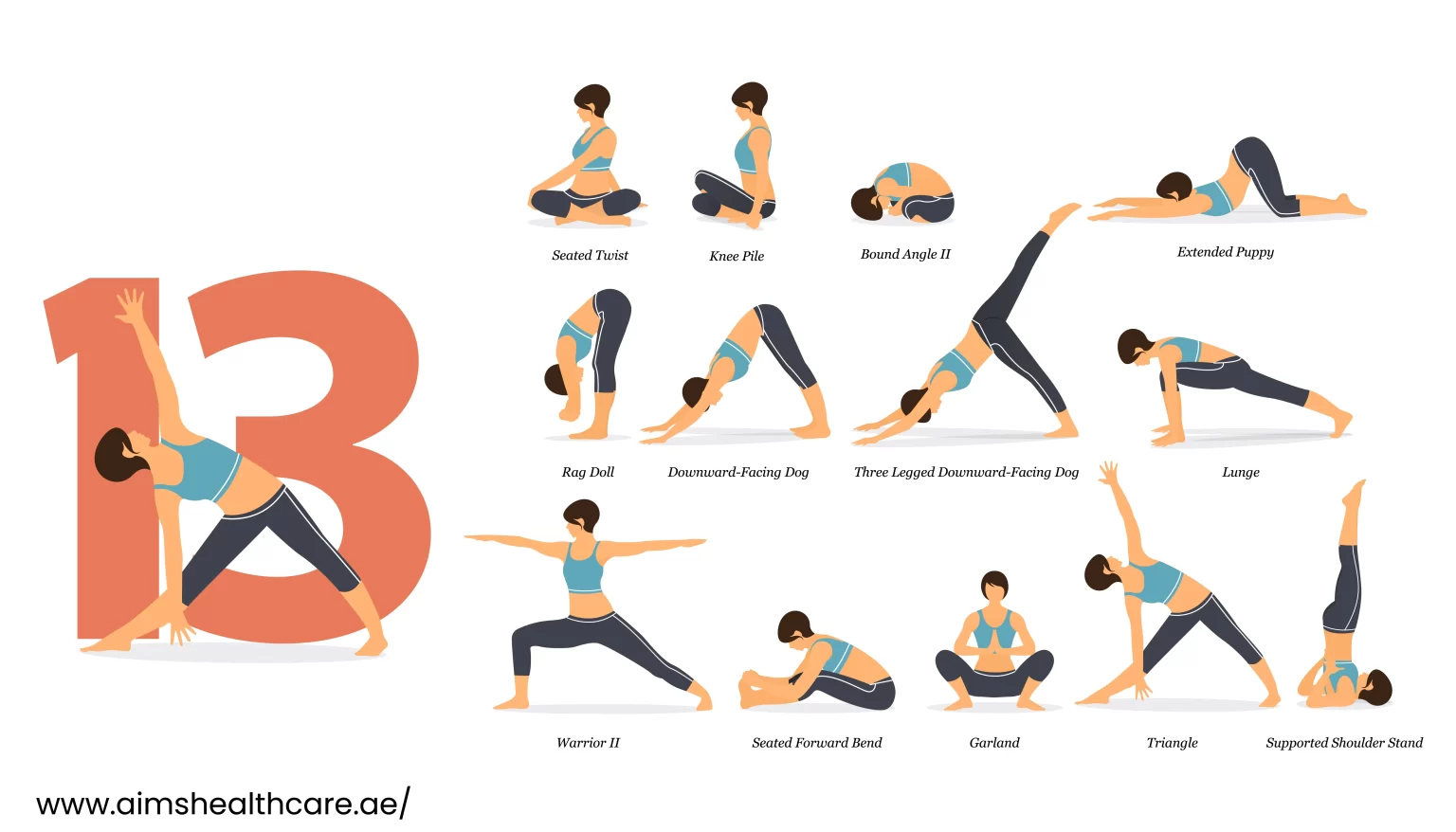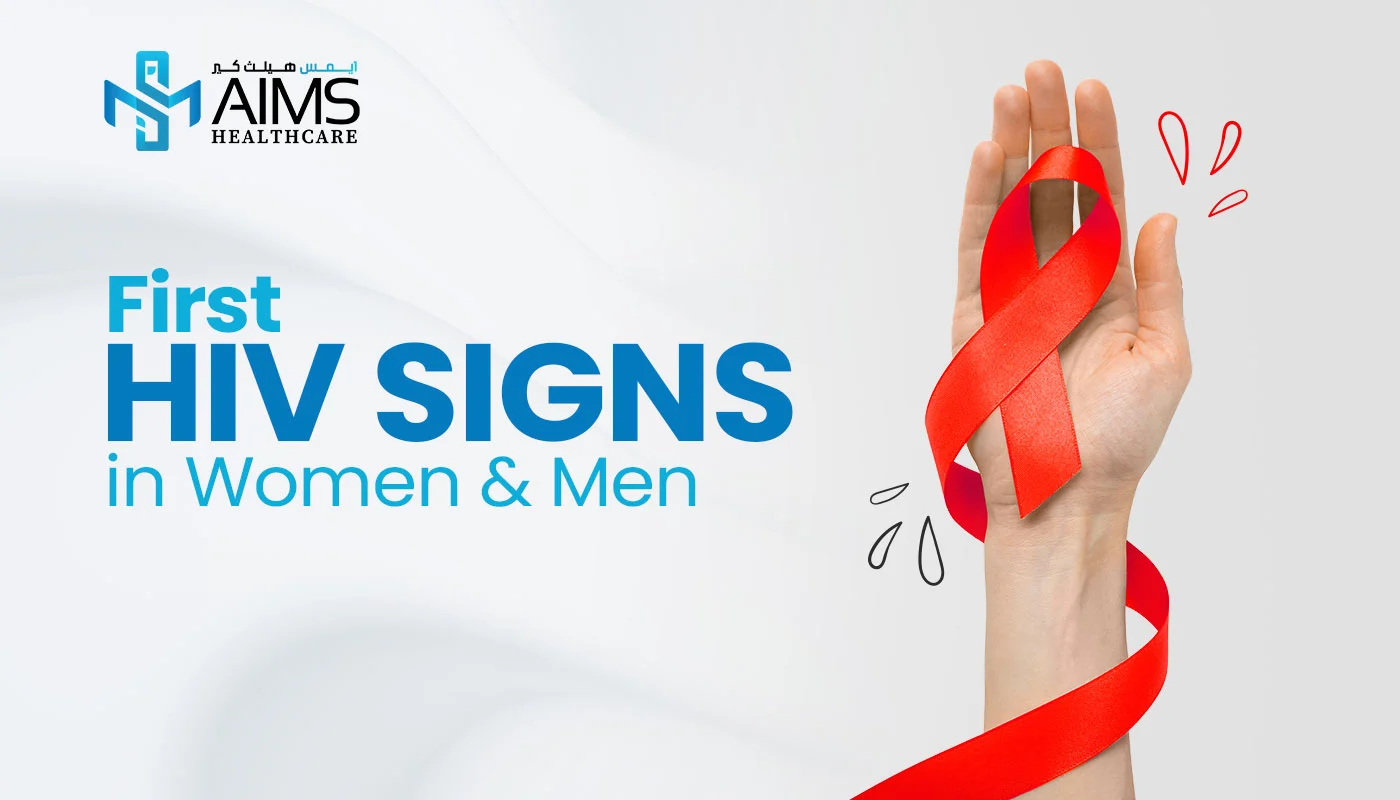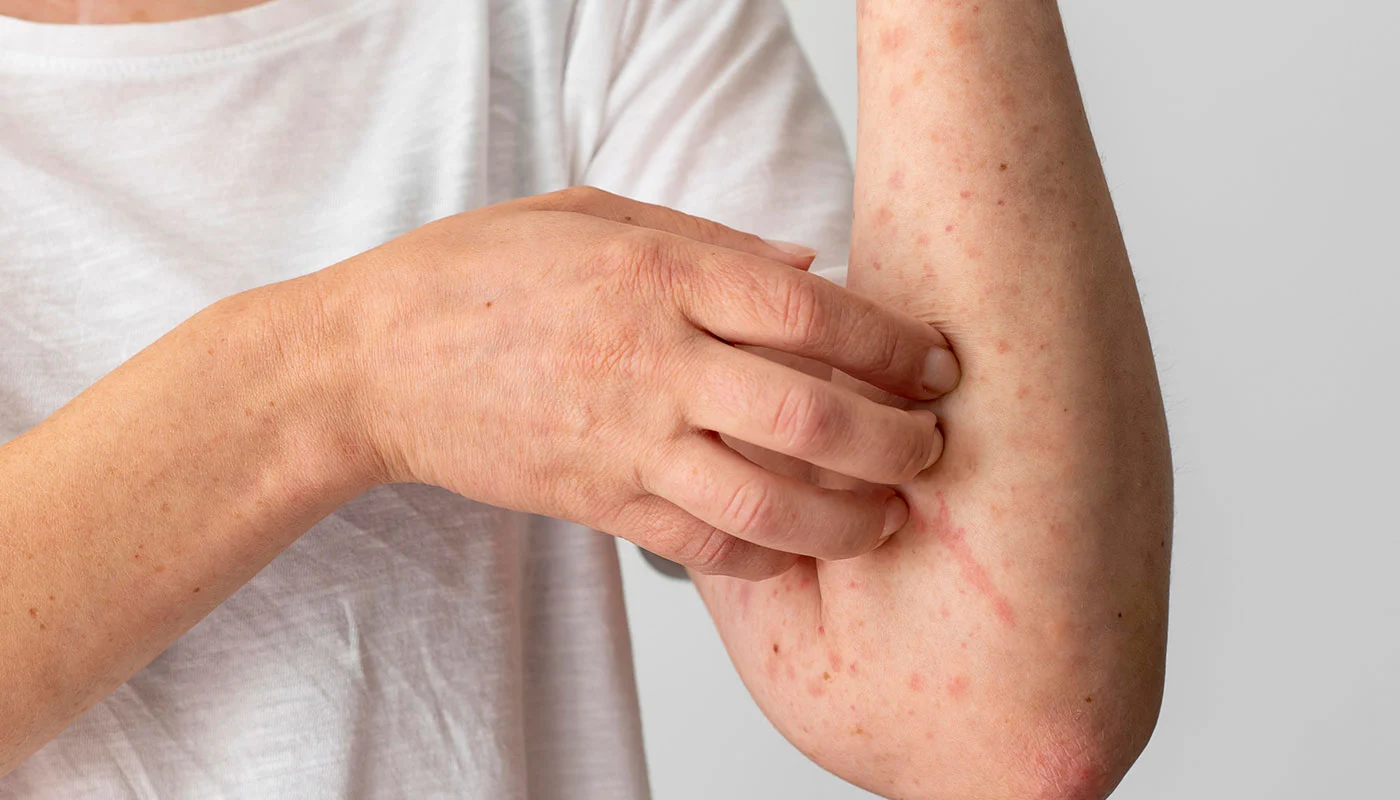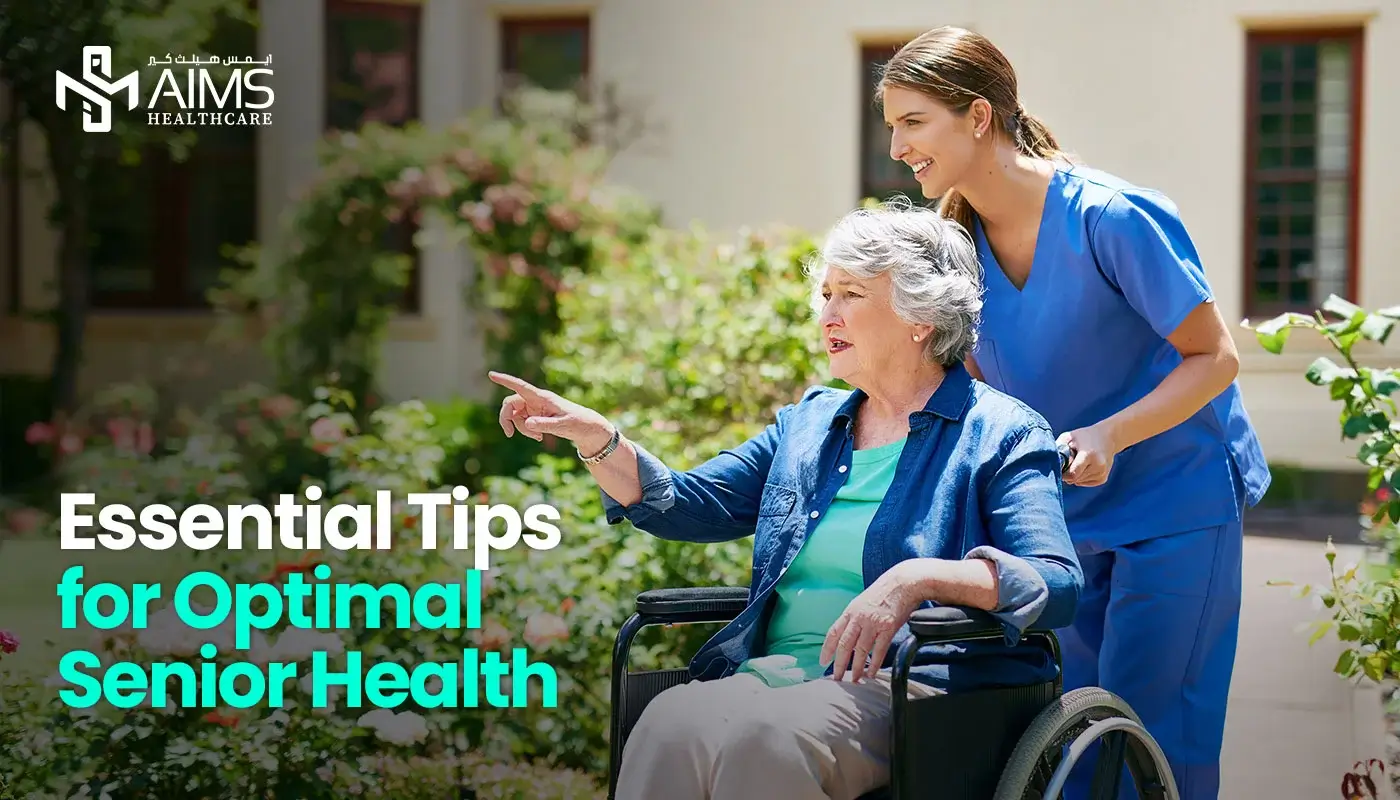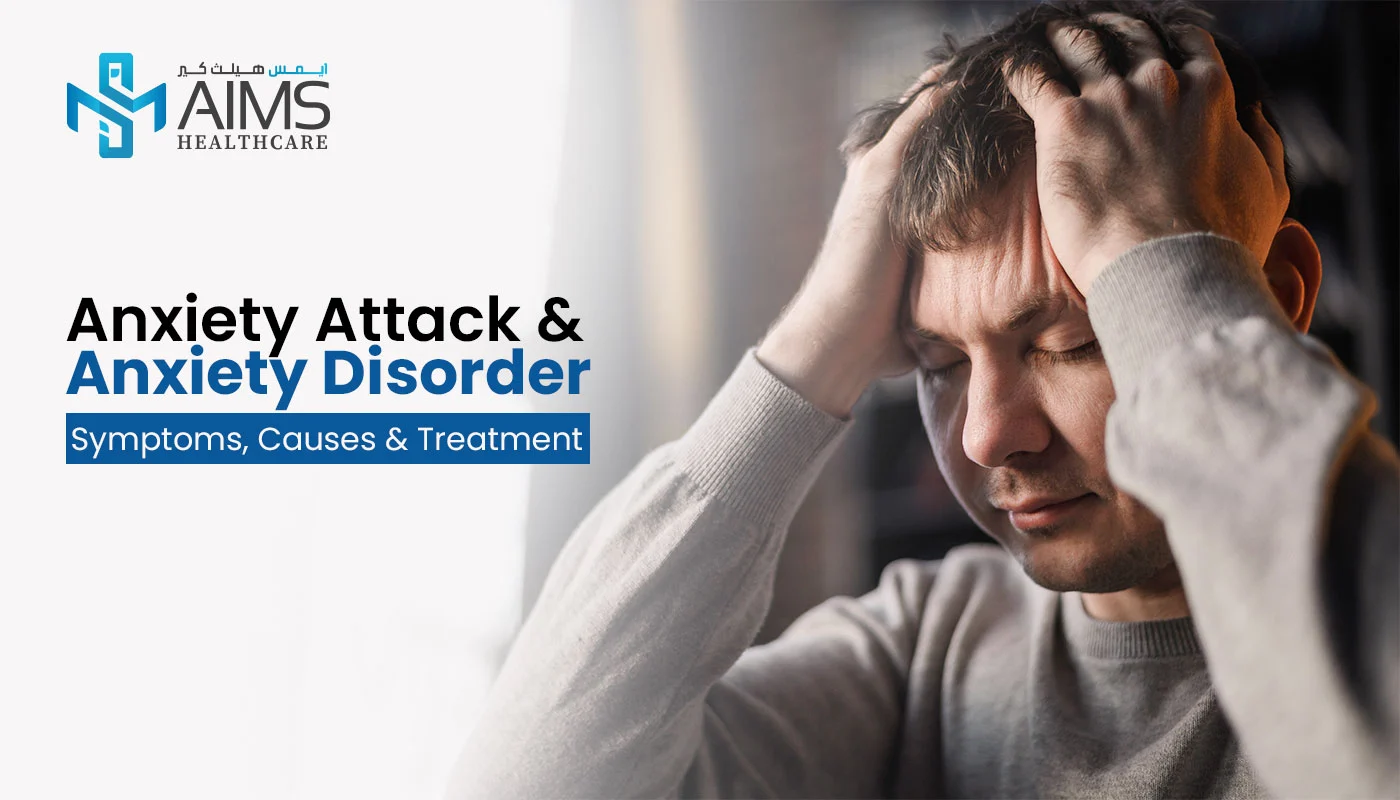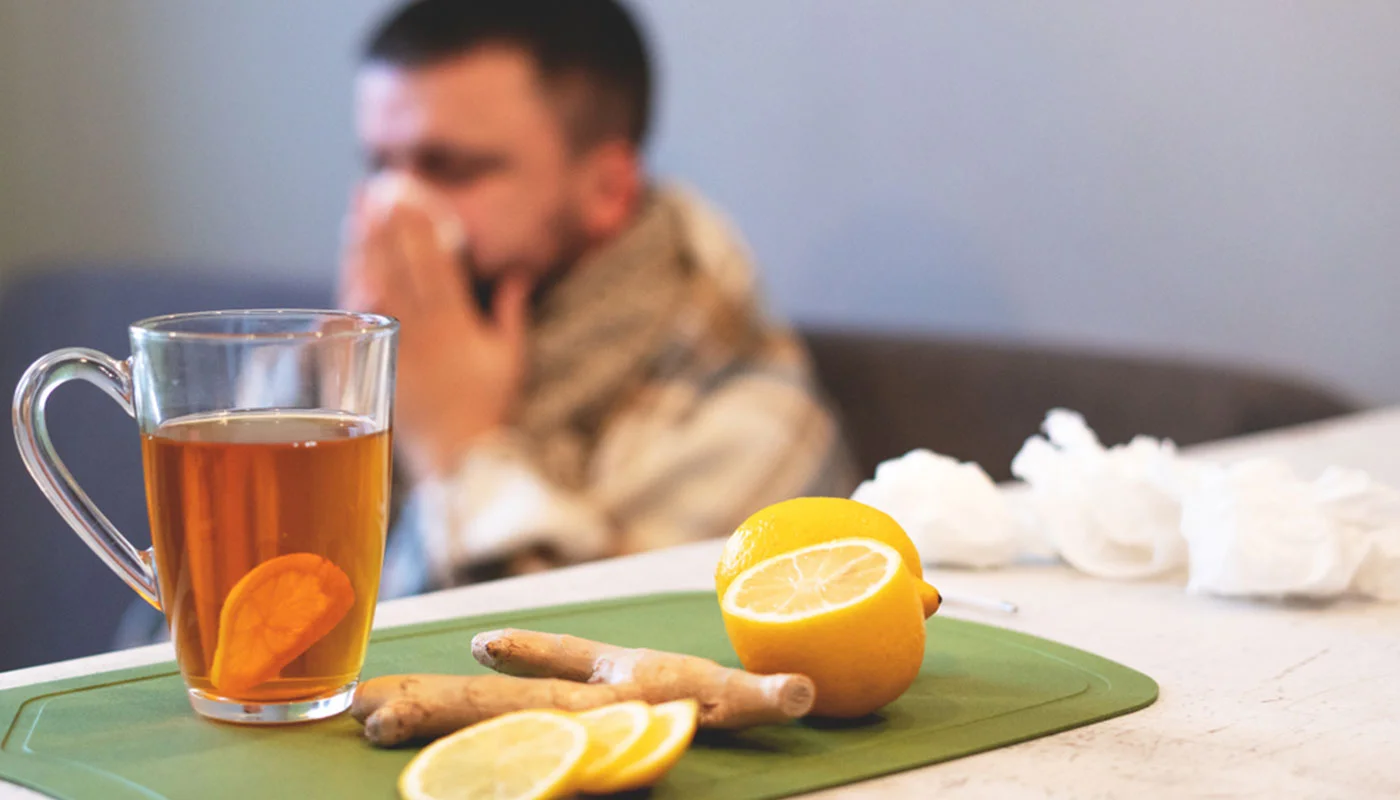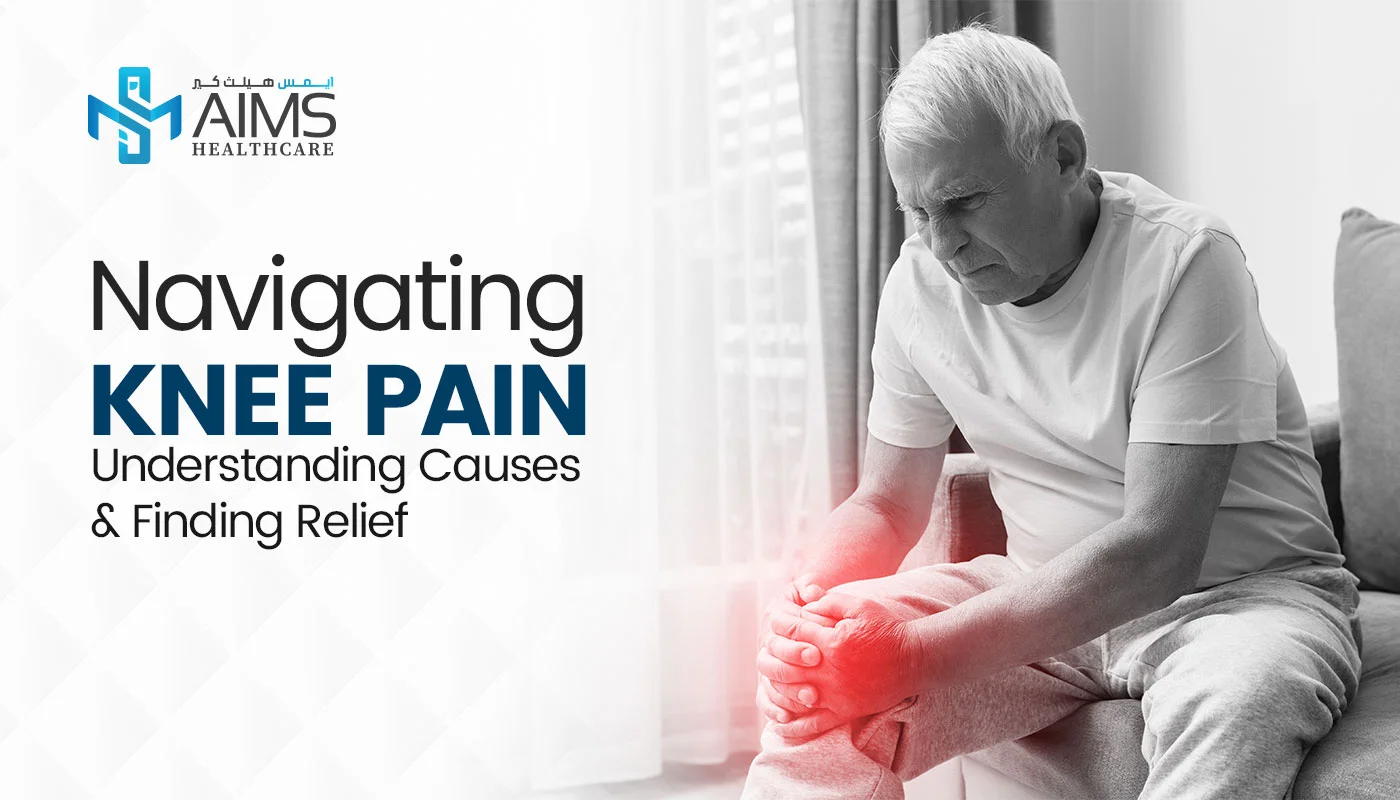
Table of Contents
According to research, more women than men report knee pain. Between 15 and 20% of all men are afflicted with knee pain
Do you ever feel knee pain or discomfort while sitting? Or do you wonder whether the pain is something that will pass quickly or a sign of a larger problem? Well, it can be a sign of both, depending on what is causing the knee pain, your positioning, and the symptoms. Some studies have shown that sitting for more than 6 to 8 hours a day can cause your muscles and tendons to stiffen, leading to discomfort and pain. More so, sitting in the wrong or awkward position can also worsen the problem.
So do you want to understand and find the causes of the knee? Guess what! In this exploration, we delve into the common causes, ranging from injuries to underlying conditions like arthritis, shedding light on the intricate mechanisms that contribute to discomfort. Equipped with this knowledge, individuals can then navigate towards relief, exploring a spectrum of solutions from self-care practices to professional interventions. Join us in unraveling the complexities of knee pain and discovering pathways to a more pain-free existence.
What is Knee Pain, & What Causes Knee Pain?
Knee pain is a common complaint for many people, as it affects people of all ages. It may be the result of an injury, such as a ruptured ligament or torn cartilage. Medical conditions can also cause knee pain, including arthritis, gout, and infections.
Knee pain refers to discomfort, soreness, or inflammation in the knee joint, a crucial hinge connecting the thigh and lower leg. It can stem from various causes, such as
- Injuries
- Overuse
- Arthritis
- Underlying medical conditions
Diagnosis involves a comprehensive examination, imaging tests, and a medical history review. Managing knee pain requires addressing its root cause and adopting appropriate therapeutic measures. Understanding the root cause is crucial for effective management. However, guiding individuals to appropriate treatments like rest, physical therapy, medications, and lifestyle adjustments tailored to address the specific issues triggering their knee pain.

Understanding the Causes of Knee Pain
Do you want to know the causes of knee pain? Look no further! Let us help you explore the origins of knee pain, from injuries like sprains and fractures to conditions like arthritis. Below are some of the causes that can help you understand them better:
1. Injuries:
- Sprains and Strains: Overstretching or tearing ligaments and muscles around the knee can result in pain and discomfort.
- Torn Meniscus: The meniscus, a wedge-shaped cartilage in the knee, can tear due to sudden twists or impact.
- Fractures: Broken bones around the knee joint can cause severe pain and require immediate medical attention.
2. Conditions:
- Arthritis: Osteoarthritis and rheumatoid arthritis are common culprits, causing inflammation and degeneration of knee joints.
- Bursitis: Inflammation of the bursae, small sacs of fluid that cushion the knee, can lead to pain and swelling.
- Patellar Tendonitis: Overuse or strain of the patellar tendon can result in inflammation and pain below the kneecap.
3. Overuse and Misalignment:
- Runner’s Knee: Common among athletes, this condition involves irritation of the cartilage beneath the kneecap due to repetitive stress.
- IT Band Syndrome: The iliotibial (IT) band can cause pain on the outer side of the knee when it becomes tight or inflamed.
Finding Relief for Knee Pain
A number of factors can help you relieve your knee pain. Some of the best ways are listed below:
1. Rest and Ice:
- Allow your knee to rest and avoid activities that exacerbate the pain.
- Apply ice to reduce swelling and numb the area, especially in the first 48 hours after an injury.
2. Physical Therapy:
- Work with a physical therapist to strengthen the muscles around the knee and improve flexibility.
- Learn exercises to enhance joint stability and reduce the risk of future injuries.
3. Medications:
- Nonsteroidal anti-inflammatory drugs (NSAIDs) can help alleviate pain and reduce inflammation.
- In some cases, your healthcare provider may recommend pain-relieving creams or injections.
4. Supportive Devices:
- Use knee braces or wraps to provide stability and support during activities.
- Orthopedic inserts can help correct any misalignment issues that contribute to knee pain.
5. Lifestyle Adjustments:
- Maintain a healthy weight to reduce stress on the knees.
- Choose low-impact exercises, such as swimming or cycling, to stay active without causing additional strain.
When Should You See a Doctor For Your Knee Pain?
In many cases, simple treatment can settle knee pain, but sometimes it’s worth discussing your knee’s condition with your doctor.
1. Concern Your Regular Doctor If:
- You are having moderate knee pain.
- Your knee pain is there all the time.
- Your knee is regularly giving way.
- Your knee keeps getting locked and getting stuck.
- Your knee symptoms have suddenly gotten worse with time.
- You experience high temperatures with your knee pain.
- You start noticing that your lymph nodes are swollen, e.g., in the neck or groin, as this can be a sign of an infection.
- There is no improvement in your symptoms or pain after a week.
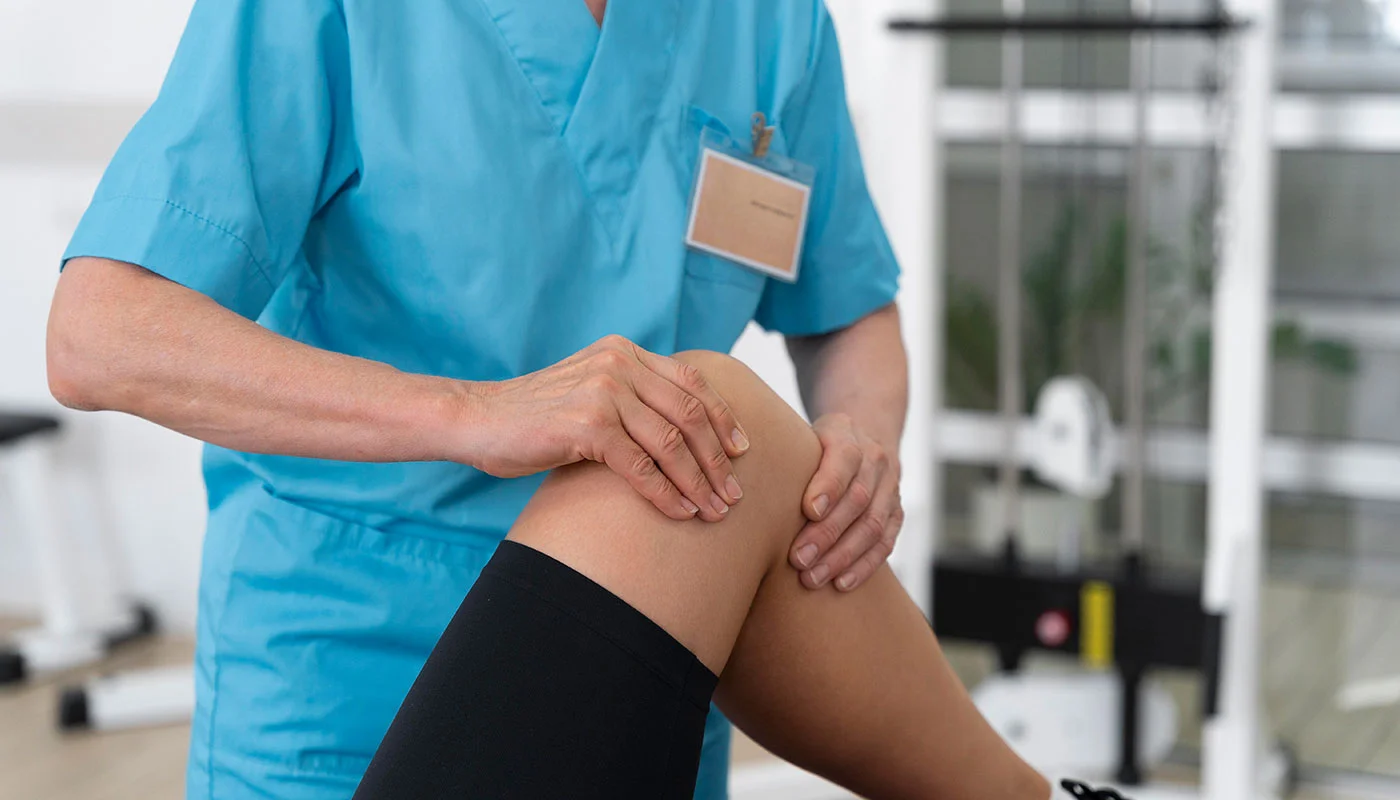
2. Seek Urgent Medical Attention If:
- You start experiencing severe knee pain.
- When you injured your knee, you heard a cracking or popping noise.
- There is severe swelling and bruising in your knee.
- Your knee took on an awkward shape after swelling.
- You are unable to bear weight on your leg.
- You start noticing changes in your bladder or bowel.
- You are losing sensation in one or both feet.
Can Knee Pain Be Cured by Physiotherapy?
Physiotherapy is a valuable approach for managing and often alleviating knee pain. By employing targeted exercises, stretches, and manual techniques, physiotherapy addresses the root causes of pain, such as muscle imbalances or joint instability. It enhances flexibility, strengthens supporting muscles, and improves overall joint function. While some chronic conditions may not be completely cured, physiotherapy effectively mitigates symptoms, enhances mobility, and promotes long-term relief. Therefore, always consult with a healthcare professional for personalized guidance. If you or your loved ones are experiencing Knee pain and seeking a professional physiotherapist, we have a team of DHA certified physiotherapists delivering exceptional services. Just call us at 800 AIMS (2467) or Whatsapp +971 505 136 505. We are happy to serve you.
Conclusion
Navigating knee pain requires a holistic understanding of its diverse causes and a proactive approach to finding relief. From injuries to chronic conditions, comprehending the complexities of knee pain empowers individuals to make informed choices for their well-being. Embracing a combination of rest, physical therapy, medications, and lifestyle adjustments can pave the way for effective relief. It’s essential to recognize that each case is unique, necessitating personalized solutions. By prioritizing knee health, individuals can reclaim an active and pain-free lifestyle. Consulting with healthcare professionals ensures tailored guidance, fostering a journey towards sustained well-being and improved quality of life despite the challenges posed by knee pain.
Get Better With Aims Healthcare!
Your wellness is just a call away!
Frequently Asked Questions
To connect with AIMS Healthcare’s physiotherapist, all you have to do is call 800 AIMS 2467 or WhatsApp +971 505 136 505.
You can relieve knee pain by learning about self-care strategies, including rest, ice, and lifestyle adjustments. This can help alleviate knee discomfort.x
Yes, by understanding the role of physiotherapy in managing and mitigating knee pain, including the exercises and techniques involved in the process.
Yes, you can discover targeted exercises that can enhance muscle strength and joint stability and reduce the risk of future knee issues.
When you gain insights into the signs that indicate the need for medical attention, you can consult with your healthcare professionals about your knee pain.
Read our Latest Blogs

Optimizing Your Digestive System During Ramadan: Tips & Tricks for a Healthy Fast
Table of Contents Healthy Fasting, Happy Digestion! Explore Tips for a Smooth Ramadan. As the holy month approaches, fasting holds significant spiritual and cultural importance

STDs and Pregnancy: What Every Expectant Parent Should Know
Table of Contents Protecting Parenthood: Understanding STDs for a Healthy Pregnancy! STDs are serious illnesses that require proper treatment, and understanding the implications of sexually

Top 10 Tips for a Stronger Immune System When Fasting Ramadan
Table of Contents According to the Centers for Disease Control and Prevention (CDC), more than 80% of people with prediabetes have no awareness because it


